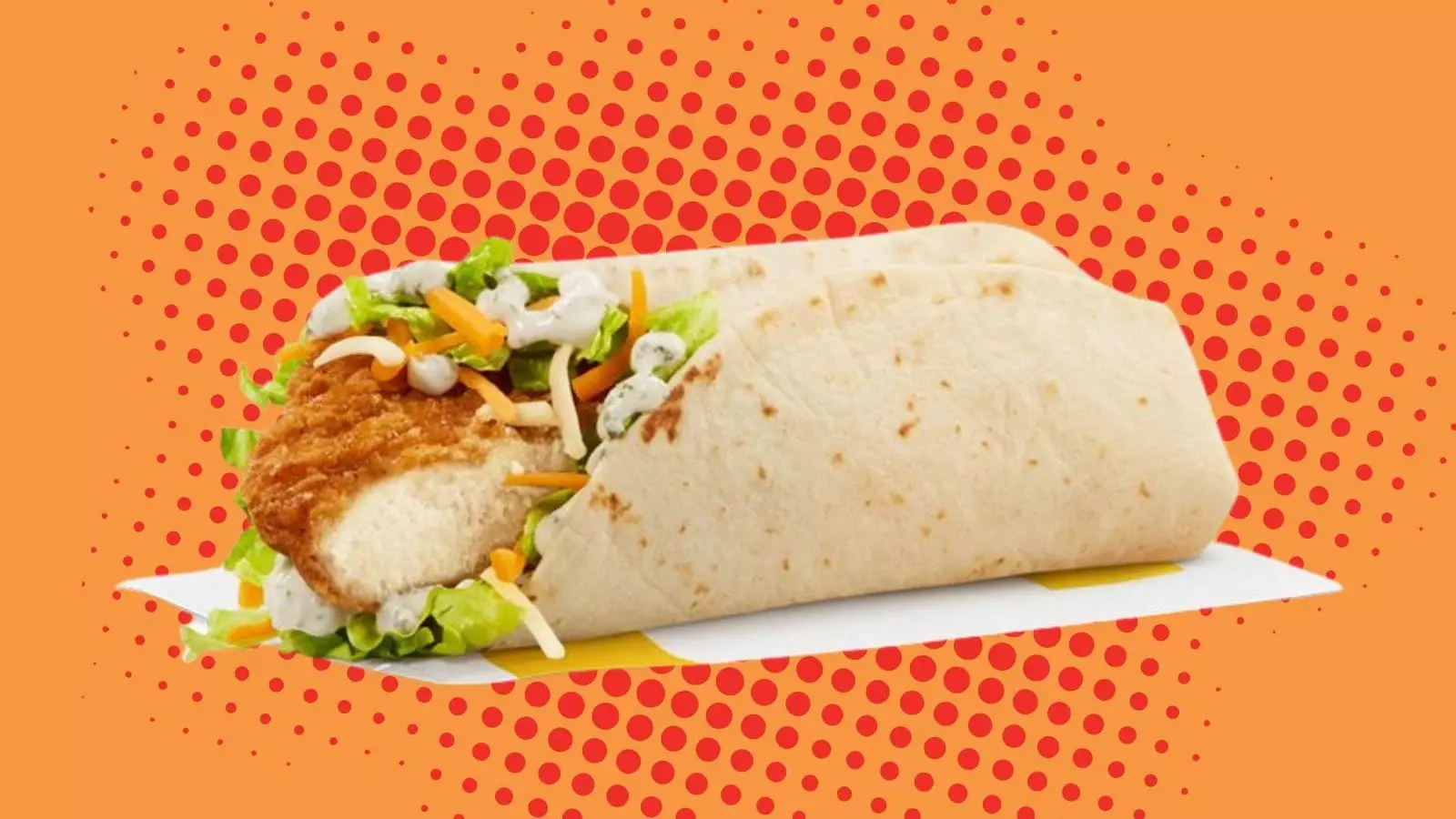For nearly a decade, the fate of McDonald’s Snack Wrap has sparked fervent discussions among fans, morphing from an everyday meal option to a cultural touchstone. Introducing simplicity wrapped in a tortilla, the Snack Wrap was more than just food; it symbolized an era of fast dining that balanced indulgence with lightness. Initially hitting menus in 2006, the Snack Wrap bridged a crucial gap within the fast-food landscape, catering to those who desired quick, healthy options without sacrificing taste. Its disappearance in 2016 left a void that resonates deeply with Millennials and Gen Z alike, who carved unique memories with the item. As such, the announcement hinting at its potential return recently sent pulses racing online, serving as a testament to the power of food in shaping memories and identities.
The Power of Social Media and Culinary Anticipation
On April 15, 2025, a succinct tweet from McDonald’s—“snack wraps 0x.14.2025”—ignited a whirlwind of excitement far beyond what one might expect from a mere teaser. Within mere hours, online platforms were buzzing with a collective resurgence of enthusiasm, driving engagement to unprecedented heights. The tweet garnered over 13,000 likes, hundreds of comments, and millions of views, indicating a significant grassroots movement among fans yearning for a returned culinary comfort.
This phenomenon can be attributed not only to nostalgia but also to the shifting dynamics of entertainment and culture in the digital age. As fans celebrated and shared their individual stories, the Snack Wrap transformed into a form of catharsis, a symbol of hope and healing in a chaotic world. Social media shaped this narrative, allowing cultural conversations about food to blossom across diverse platforms, reinforcing the idea that this fast food icon is intertwined with personal stories and shared experiences.
More Than Just Food: Emotional Connections
The Snack Wrap isn’t merely a desirable menu item; it resonates with memories of youthful celebrations and simple pleasures. Commenters on various platforms, from X to TikTok, have recounted their experiences with the Snack Wrap as crucial moments in their lives. Some recall it as a staple during university years, while others describe its role in healing after a long night—creating a rich tapestry of narratives surrounding this beloved snack.
One poignant comment echoes a familiar sentiment: “McDonald’s bringing back Snack Wraps. We healing fr.” Here lies the crux of its cultural significance—the Snack Wrap represents comfort food that offers not only nourishment but also emotional support during life’s trials. In this context, its anticipated return signals more than just a menu reinstatement; it serves as a reminder of connection and shared nostalgia, bridging generational divides through the universal language of food.
A Modern Marketing Strategy: Nostalgia Meets Familiarity
McDonald’s has consistently demonstrated an acumen for capitalizing on nostalgia, as evidenced by its successful campaigns involving Adult Happy Meals and other culturally-relevant collaborations. However, the re-emergence of the Snack Wrap indicates a shift toward a more nuanced marketing approach—one that prioritizes emotional resonance over mere novelty. In an age where consumers often feel fatigued by the barrage of fleeting trends, the promise of something familiar like the Snack Wrap offers a refreshing respite.
This slow-burn marketing strategy, characterized by teasing rather than bombarding customers with grand announcements, builds anticipation and fosters a communal experience where fans prepare to welcome back their cherished favorite together. The excitement surrounding the Snack Wrap’s resurgence transcends the conventional fast-food sphere, transforming a simple product launch into an emotional milestone for fans.
The Future of Food Memory in Fast Food Marketing
The journey of the McDonald’s Snack Wrap underscores a pivotal but often overlooked reality: food occupies a unique place in our memories, actively shaping who we are. Through the longevity of the Snack Wrap’s narrative—where cultural insistence has kept it alive in the collective conscious—one can see the powerful interplay between product development and cultural relevance.
As brands begin to embrace the idea that certain products can have a second life through collective yearning rather than identical marketing campaigns, the future of fast food may very well trend towards honoring legacy over novelty. Thus, the Snack Wrap doesn’t merely embody the cravings of fans but highlights a deeper understanding of what it means to nourish not just the body, but the soul. This perspective marks an evolution in fast-food marketing—providing poignant lessons about relatability, authenticity, and emotional connection in a hyper-commercialized landscape.


Leave a Reply